Construction in Great Lakes Region Plays Role in Environmental Preservation
According to the National Oceanic and Atmospheric Administration (NOAA), threats continue in the Great Lakes’ ecosystems, and include invasive species, climate change, pollution, and habitat destruction. And, pollutants from residential, agricultural, and industrial areas reduce water quality.
Great Lakes Restoration Initiative for Environmental Preservation
Carla Knapp, sales manager for LEAD Great Lakes, says, “Construction can play a key role in protecting and preserving our environment.” She says, for over a decade, NOAA has supported 85 projects through the Great Lakes Restoration Initiative in which more than 4,600 acres of habitat has been restored. Additionally, almost 500 miles of stream was opened for fish to access their habitat.
Green Stormwater Infrastructure
According to a recent GreatLakesNow.org article, Green Infrastructure: Cities around the Great Lakes plan for a changing future, an historic and deadly flooding in August 2014 took Detroit by surprise. Heavy rains submerged interstate highways and filled basements causing an estimated billion dollars in damage which resulted in the city turning to green stormwater infrastructure.
Green stormwater infrastructure does far more than reduce flooding. It protects water bodies that receive stormwater by filtering out pollutants from impermeable surfaces like parking lots, streets or roofs. The green stormwater infrastructure is a strategy that cities around the Great Lakes basin have “increasingly been employing to ease the burden on their wastewater infrastructure and improve water quality,” according to the GreatLakesNow.org article.
Carla says, “It’s projects like these that employ skilled trade workers to complete jobs that will ultimately preserve the region’s environment – and, keep construction trade workers in demand.”
A recent press release from the U.S. Army Corp of Engineers (Buffalo District), Great Lakes Infrastructure has grown $101 million stronger from the FY22 Work Plan. Timely and historic investments in the Great Lakes infrastructure is underway. In the release, Lt. Col. Eli Adams, Buffalo District Commander was quoted, “Construction to repair, maintain, and improve federal navigation channels is essential to the economy and the strength of our Nation.”
Employment Opportunities Working on Great Lakes Environmental Preservation Projects
Carla says the new infrastructure funding brings good news to skilled workers who are sure to find employment opportunities on projects such as:
- Lorain Harbor Dredged Material Management Plan (Ohio);
- Rochester Harbor Dredging (New York);
- Huron Harbor Engineering & Design (Ohio);
- Toledo Harbor Dredged Material Management Plan (Ohio);
- Presque Isle Beach Nourishment (Pennsylvania);
- Joslyn Site (Formerly Utilized Sites Remedial Action Program- Indiana),
- and a dozen other funded projects.
Looking for Your Next Skilled Trade Job? Contact LEAD Great Lakes
The LEAD Great Lakes team works with companies who need skilled workers to staff their projects in Industrial, Renewable Energy, Marine and Commercial Construction. “Our recruiters fill a variety of positions such as heavy equipment operators, construction managers, land surveyors, pipe layers, and water and wastewater trade jobs,” says Carla.
Reach out to Carla Knapp today if you are looking for a skilled trade job on a project where you may have an opportunity to make a significant impact on the environment. LEAD Great Lakes will help you find the best available job that matches your skillset. Call (414) 458-8069.


